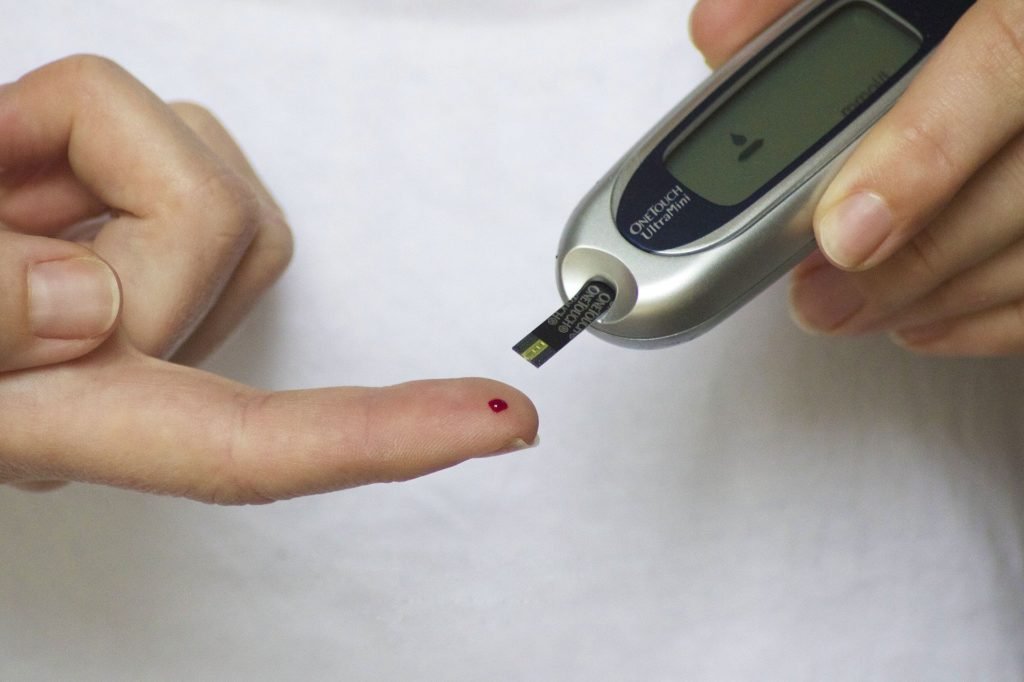Poorly treated diabetes can lead to poor blood circulation, making it difficult to protect yourself from a foot infection or heal after an injury. This can trigger blisters, pain, foot ulcers, and other foot infections. If left untreated for a long period, these infections can spread from the feet to other body organs and cause life-devastating effects. Therefore, diabetic foot care is very important as diabetes can pose dangerous effects on your feet. Diabetes can also lead to nerve damage that takes away any sensitivity in your feet; thus, you may not notice any foreign substance in your shoe. This could pose the risk of an infection or even a non-healing wound requiring amputation. Here, we will discuss the possible treatment options for toenail fungus Bakersfield.
Signs and symptoms
It is often advisable to contact your local healthcare provider if you notice any of the following diabetes foot signs and symptoms:
- Blackening of the skin
- Ingrown toenails
- Cracking between the toes
- Corns, calluses, or warts
- Bunions
- Nails that seem yellow, thicker, striped, and grow abnormally
- Wounds or sores on your feet
- Swelling, drainage, or redness
- Hammertoes
What are the risks of a diabetic foot?
There are several risks associated with a diabetic foot, such as blood circulation problems, infections, and nerve damage. Below are some of the potential risks of having foot ulcers:
- Abscess. Some diabetic infection tends to eat into tissues and bones and lead to the formation of a pocket of pus known as an abscess. Treatment may require the removal of the affected tissue or bone.
- Deformities. Nerve infection due to diabetes can weaken your feet muscles and result in complications like claw feet and hammertoes.
- Skin and bone infections. A small wound or cut in the foot can lead to severe infections. Such infections tend to damage blood vessels and nerves, resulting in adverse health effects.
- Gangrene. Diabetes damages the blood vessels that supply blood to your toes and fingers. When these tissues fail to get adequate blood, they become damaged.
- Amputation. People dealing with damaged blood vessels and nerves face an increased risk of having a foot injury and infection. Amputation is the only resulting solution for severe diabetes foot cases.
- Charcot foot. Diabetes can weaken your foot bones such that they can easily break. Nerve damage also decreases your sensitivity to touch.
Diabetic foot care
Fortunately, you can easily prevent yourself from dealing with these devastating diabetic foot symptoms with the right foot care habit. The following are some quick diabetic foot care tips:
- Avoid using a hot water bottle, electric blanket, or a heating pad on your feet
- Protect your feet from exposure to cold and heat
- Avoid standing in one position for an extended period
- Avoid walking barefoot
- Never use antiseptic solutions on your feet without consulting your doctor
At Diabetic Foot and Wound Center in Bakersfield, California, we provide effective and reliable treatment solutions for diabetic foot problems. Dr. Ruben Nieto, NPM, and the skilled medical team offer personalized diabetic foot care to all their patients. Get started today and book an appointment online or call the office today at 661-690-7366.


